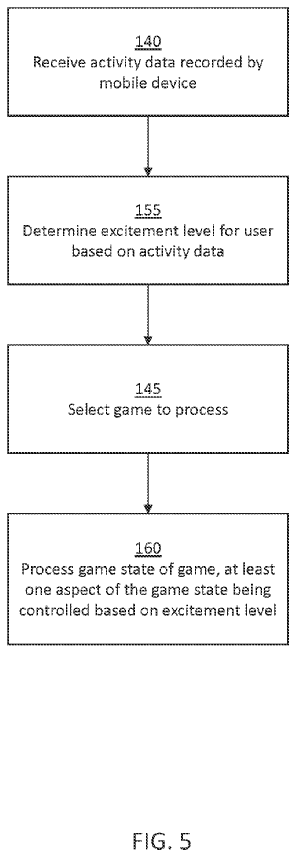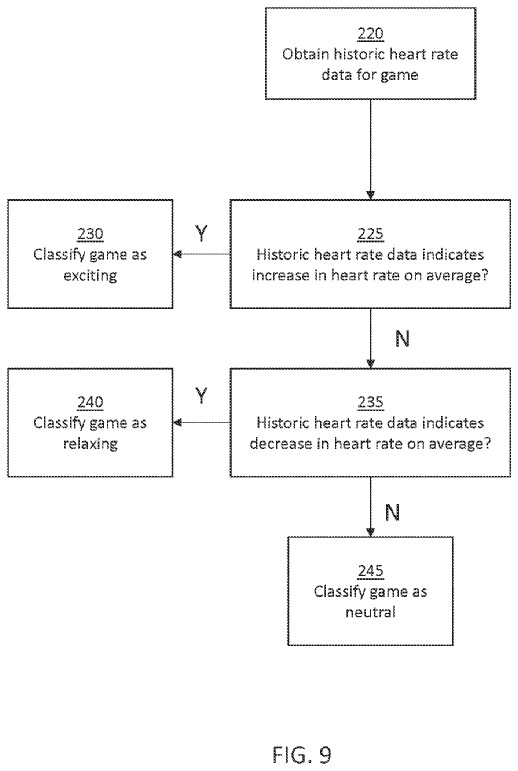- A new patent published by Sony now wants to adjust gameplay elements based on real-world factors.
- Depending on real-life factors, the system would adapt the most optimal changes to the game settings, difficulty, and visuals.
- Sony may automatically lower the game difficulty and reduce the brightness if the player had a tiring day, for instance.
Gaming studios have always competed with rivals, leading to industry innovation. However, these ideas usually appear in the form of patents first to ensure no one else can use them—like WB’s infamous Nemesis System, for instance. Now, Sony has secured a new idea that could change how we experience gaming. It wants to adjust gameplay and settings based on real-world factors.
We’ve tripped over a new patent that wants to adjust a game based on a player’s real-world state. In other words, the proposed system wants to record players’ activity data using a mobile to change gameplay based on those details. Biometric data, physical activity records, and even images or audio could be used to adapt a title’s various aspects, such as difficulty level, visuals, FPS, audio, and the like.
The images used in the background or scenery of games may be controlled, the brightness or colours displayed during the playing of the game may be controlled, the frame rate of moving images may be controlled.
Why it matters: Sony automatically adjusts games according to the real world, which could change how we experience gaming. During a competitive session, for example, a player might see an increase in FPS and better visuals.

The patent dubbed ‘CONTROLLING GAME STATE‘ discusses letting players experience games in the best way that reflects their current real-world state. As a result, someone up for a challenge in a lit room might want high FPS and brightness during gameplay, which the system would automatically adjust. Similarly, it could also adapt to a tired player who wants slower gameplay with less FPS and difficulty.
Sony argues that currently, players are only limited to selecting options offered by the game, which significantly dampens the gameplay for those who might appreciate a dynamic system that adapts to them instead.
The selection of the difficulty level could be controlled such that a higher difficulty is set to complement a more exciting day or to contrast a more relaxing day [and vice versa].

One thing worth noting is that Sony also discusses classifying games into various types as its other strategy. As per a user’s stress level and real-world environment, the system may suggest a certain entry to them. Sony could use the idea in both ways—or skip it altogether, for all we know. So, do take this with a grain of salt.
Sony has also published many other innovative ideas over the years, such as securing an advanced game rewind feature with a universal controller button and another one to automatically produce variations of existing sound effects in titles.
Thank you! Please share your positive feedback. 🔋
How could we improve this post? Please Help us. 😔
Shameer Sarfaraz has previously worked for eXputer as a Senior News Writer for several years. Now with Tech4Gamers, he loves to devoutly keep up with the latest gaming and entertainment industries. He has a Bachelor’s Degree in Computer Science and years of experience reporting on games. Besides his passion for breaking news stories, Shahmeer loves spending his leisure time farming away in Stardew Valley. VGC, IGN, GameSpot, Game Rant, TheGamer, GamingBolt, The Verge, NME, Metro, Dot Esports, GameByte, Kotaku Australia, PC Gamer, and more have cited his articles.




